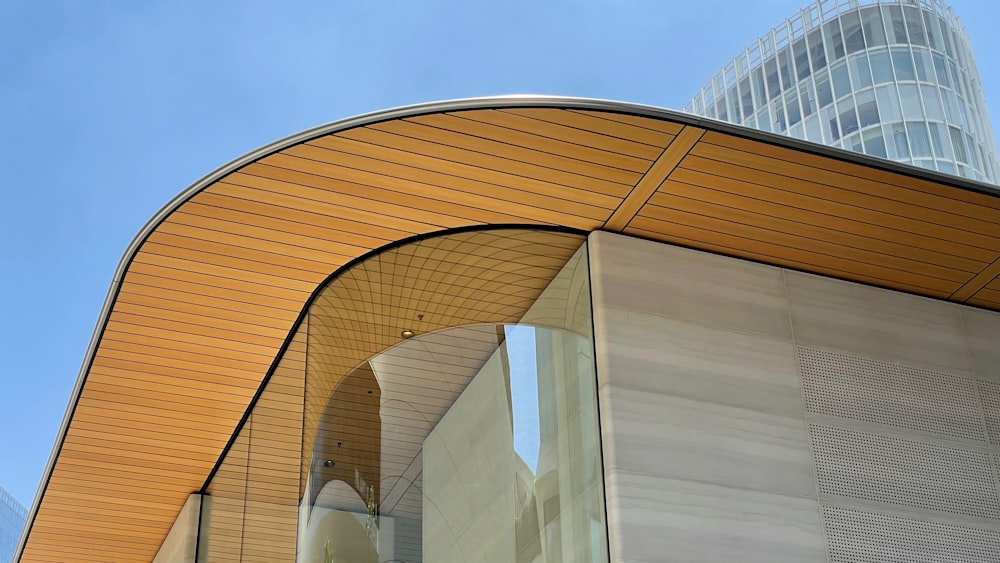Introduction:
The Bauhaus movement stands as a beacon of modernism, illuminating the path of architectural innovation in the 20th century. Emerging in the aftermath of World War I, Bauhaus revolutionized the very essence of architectural design, shifting paradigms and redefining conventions. Its impact resonates through the decades, shaping the urban landscapes we inhabit today.
The Origins of Bauhaus:
Bauhaus was born out of a desire for radical change in the aftermath of the First World War. Founded in 1919 by architect Walter Gropius in Weimar, Germany, it sought to merge the realms of art, craft, and technology. Rejecting the ornamental excesses of the past, Bauhaus aimed for simplicity, functionality, and mass production, guided by the principles of form follows function.
Embracing Minimalism and Functionality:
Central to Bauhaus philosophy was the idea of minimalism coupled with functionality. Bauhaus architects believed in stripping away the superfluous, focusing on the essential elements of design. This approach gave rise to buildings characterized by clean lines, geometric shapes, and a sense of spatial openness. Every aspect of the structure served a purpose, reflecting the Bauhaus ethos of practicality and efficiency.
The Bauhaus Curriculum:
At the heart of Bauhaus was its revolutionary curriculum, which integrated theory with hands-on practice. Students were encouraged to explore various disciplines, including architecture, painting, sculpture, and industrial design. The aim was to nurture well-rounded individuals capable of transcending traditional boundaries and embracing interdisciplinary collaboration. Bauhaus masters such as Wassily Kandinsky, Paul Klee, and Ludwig Mies van der Rohe guided students towards artistic expression grounded in rationality and craftsmanship.
Innovations in Building Materials and Techniques:
Bauhaus architects pioneered new approaches to building materials and construction techniques. Experimentation with materials like steel, glass, and concrete enabled the creation of sleek, minimalist structures devoid of unnecessary embellishments. The use of prefabricated components streamlined the construction process, making Bauhaus designs both efficient and cost-effective. This innovative spirit laid the groundwork for modern architectural practices, influencing generations of architects to come.
Bauhaus and the Modern Urban Landscape:
The impact of Bauhaus extends far beyond individual buildings; it has left an indelible mark on the modern urban landscape. From iconic skyscrapers to functionalist housing estates, traces of Bauhaus can be found in cities worldwide. Its emphasis on social responsibility and human-centered design shaped the development of public spaces, promoting accessibility and inclusivity. Bauhaus architecture transformed cities into vibrant hubs of innovation and creativity, reflecting the aspirations of a rapidly evolving society.
Challenges and Criticisms:
Despite its revolutionary vision, Bauhaus faced challenges and criticisms throughout its existence. Political tensions in Weimar Germany led to the closure of the original school in 1933, forcing many Bauhaus masters and students into exile. Critics accused Bauhaus of promoting a soulless, industrial aesthetic devoid of cultural heritage and regional identity. Yet, despite these setbacks, Bauhaus continued to exert a profound influence on architectural discourse, inspiring movements such as modernism and postmodernism.
Legacy and Continuing Influence:
The legacy of Bauhaus endures into the 21st century, serving as a touchstone for architects and designers seeking to push the boundaries of creativity and innovation. Its principles of simplicity, functionality, and experimentation remain as relevant today as they were a century ago. From sustainable architecture to digital fabrication, Bauhaus continues to inspire new generations to challenge conventions and reimagine the built environment.
Conclusion: Read more about bauhaus architecture




